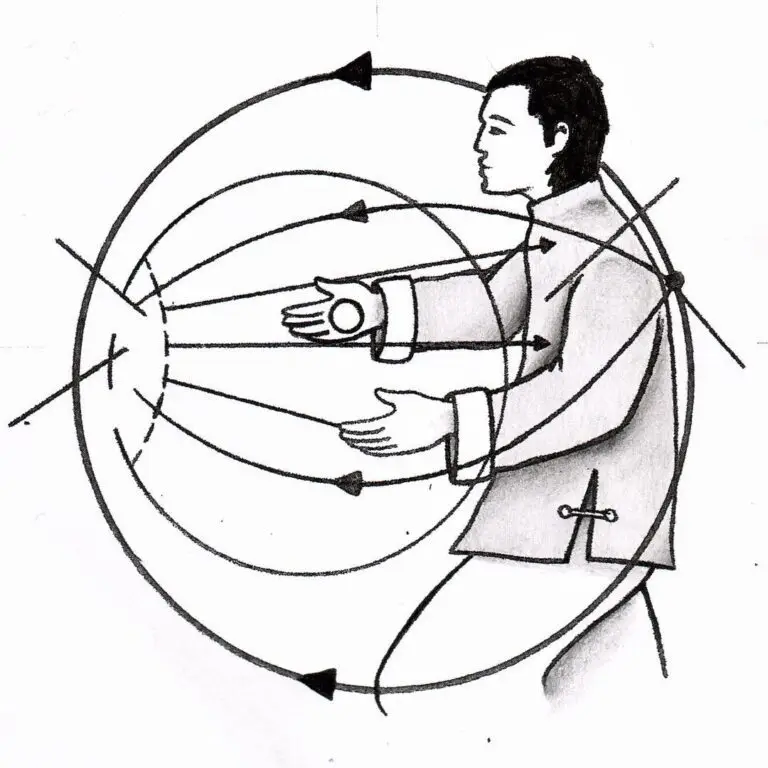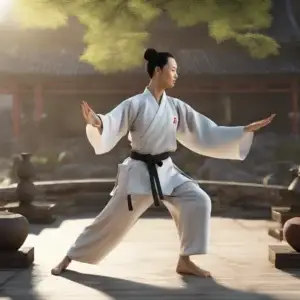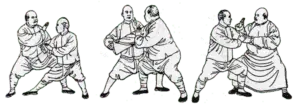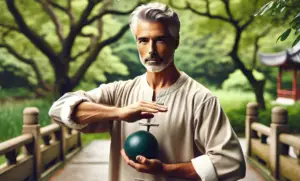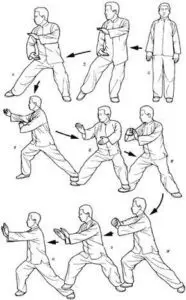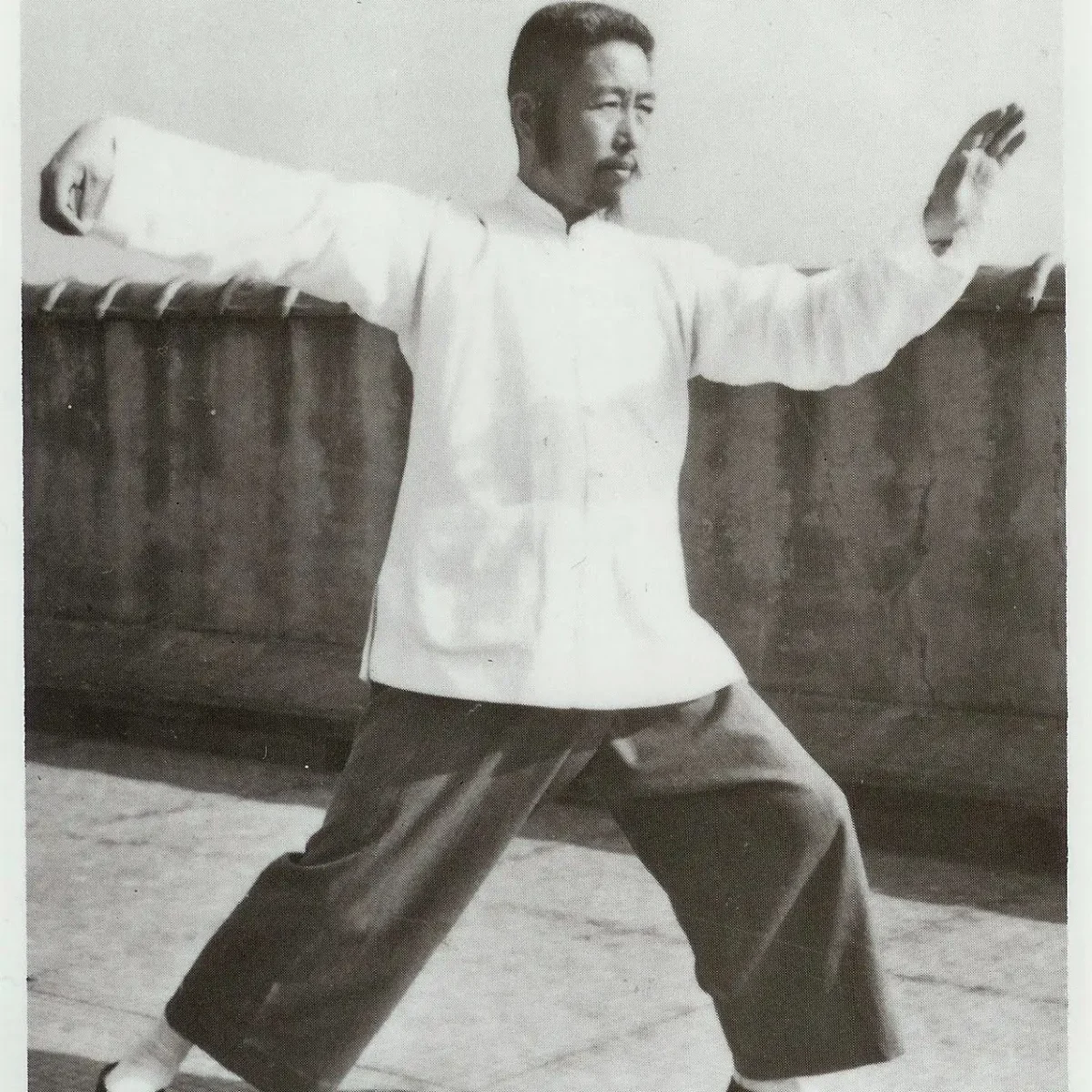
Peng Jin – Your Qi Engine
Peng Jin, is a comprehensive attribute that demands considerable time, dedication, and patience to cultivate within one’s physical structure. Once attained, it should persist consistently.
“Don’t put power into the form let your inner strength arise from the form.” ~ Author Unkown
Peng Jin follows on from a previous post Why Do We Wuji. If that is the seed from which our Tai Chi grows, Peng Jin might be described as the roots. When inexperienced learners notice differences between their movements and those of their teacher, it usually arises from insufficiently developed Peng Jin and Fang Song (applied relaxation) at the foundational level. Without Peng Jin, their bodily framework seems crumpled, limp, and overly relaxed, exhibiting a noodle-like quality in the limbs. Conversely, the lack of Fang Song leads to a stiff, wooden, and rigid structure.
In the translation, Peng Jin might be explained as the engine of a car. It has many parts that work together to form one body. Peng Jin has many attributes like being fluid, winding, pliable, elastic, bouncy, elongating, extending, durable, sustaining, adaptable, resilient, uplifting…..above all else, applied relaxation.
It implies maintaining an aligned structure akin to a flexible elastic sphere that expands from the center outward in all directions, like a rubber ball filled with air. Any external force applied to this structure is absorbed, transferred to the ground, rebounded, redirected, or deflected.
An illustrative analogy is applying force to a rubber ball filled with air, where the force rolls off the ball. This ability allows you to neutralize or overcome incoming force, preventing your structure from collapsing or the incoming force from becoming lodged in your joints and causing injury.
But now we’re getting away from the fundamentals. To bring it back to simplicity, let’s take a look at an explanation I think helps grasp the concept.

